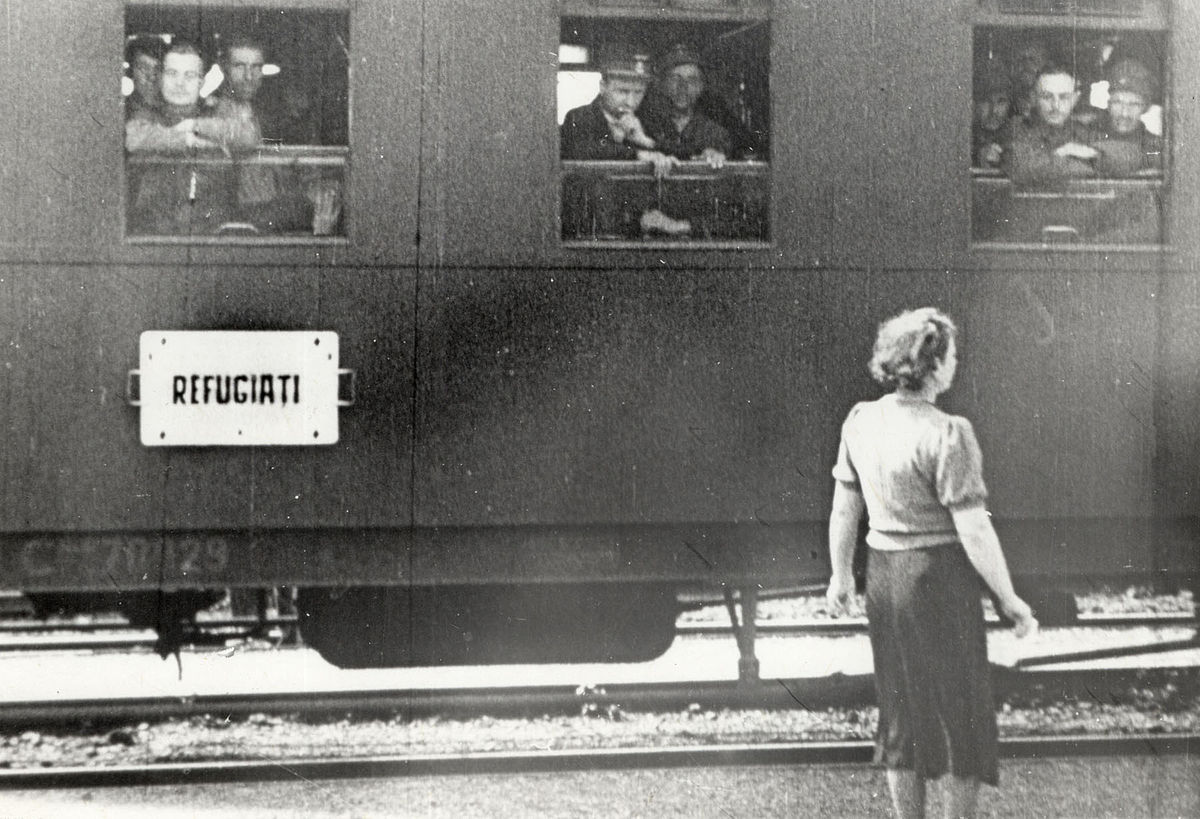
Population transfer in the Soviet Union
RussiaFrom 1930 to 1952, the government of the Soviet Union, on the orders of Soviet leader Joseph Stalin under the direction of the NKVD official Lavrentiy Beria, forcibly transferred populations of various groups. These actions may be classified into the following broad categories: deportations of "anti-Soviet" categories of population (often classified as "enemies of workers"), deportations of entire nationalities, labor force transfer, and organized migrations in opposite directions to fill ethnically cleansed territories.
Dekulakization marked the first time that an entire class was deported, whereas the deportation of Soviet Koreans in 1937 marked the precedent of a specific ethnic deportation of an entire nationality.
In most cases, their destinations were underpopulated remote areas (see Forced settlements in the Soviet Union). This includes deportations to the Soviet Union of non-Soviet citizens from countries outside the USSR. It has been estimated that, in their entirety, internal forced migrations affected at least 6 million people. Of this total, 1.8 million kulaks were deported in 1930–31, 1.0 million peasants and ethnic minorities in 1932–39, whereas about 3.5 million ethnic minorities were further resettled during 1940–52.
Soviet archives documented 390,000 deaths during kulak forced resettlement and up to 400,000 deaths of persons deported to forced settlements during the 1940s; however, Nicolas Werth places overall deaths closer to some 1 to 1.5 million perishing as a result of the deportations. Contemporary historians classify these deportations as a crime against humanity and ethnic persecution. Two of these cases with the highest mortality rates, the deportation of the Crimean Tatars and the deportation of the Chechens and Ingush, were recognized as genocides by Ukraine, three other countries, and the European Parliament respectively.
The Soviet Union also practiced deportations in occupied territories, with over 50,000 perishing from the Baltic States and 300,000 to 360,000 perishing during the expulsion of Germans from Eastern Europe due to Soviet deportation, massacres, and internment and labour camps.
